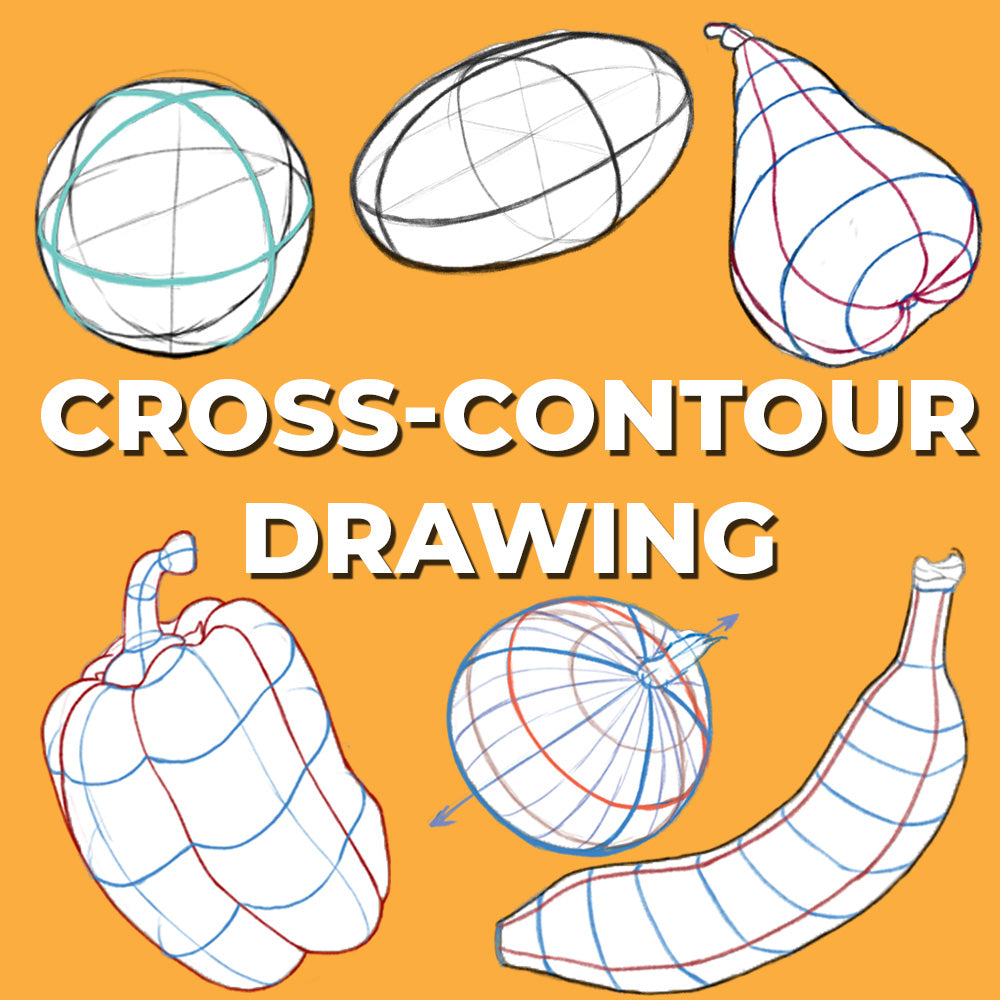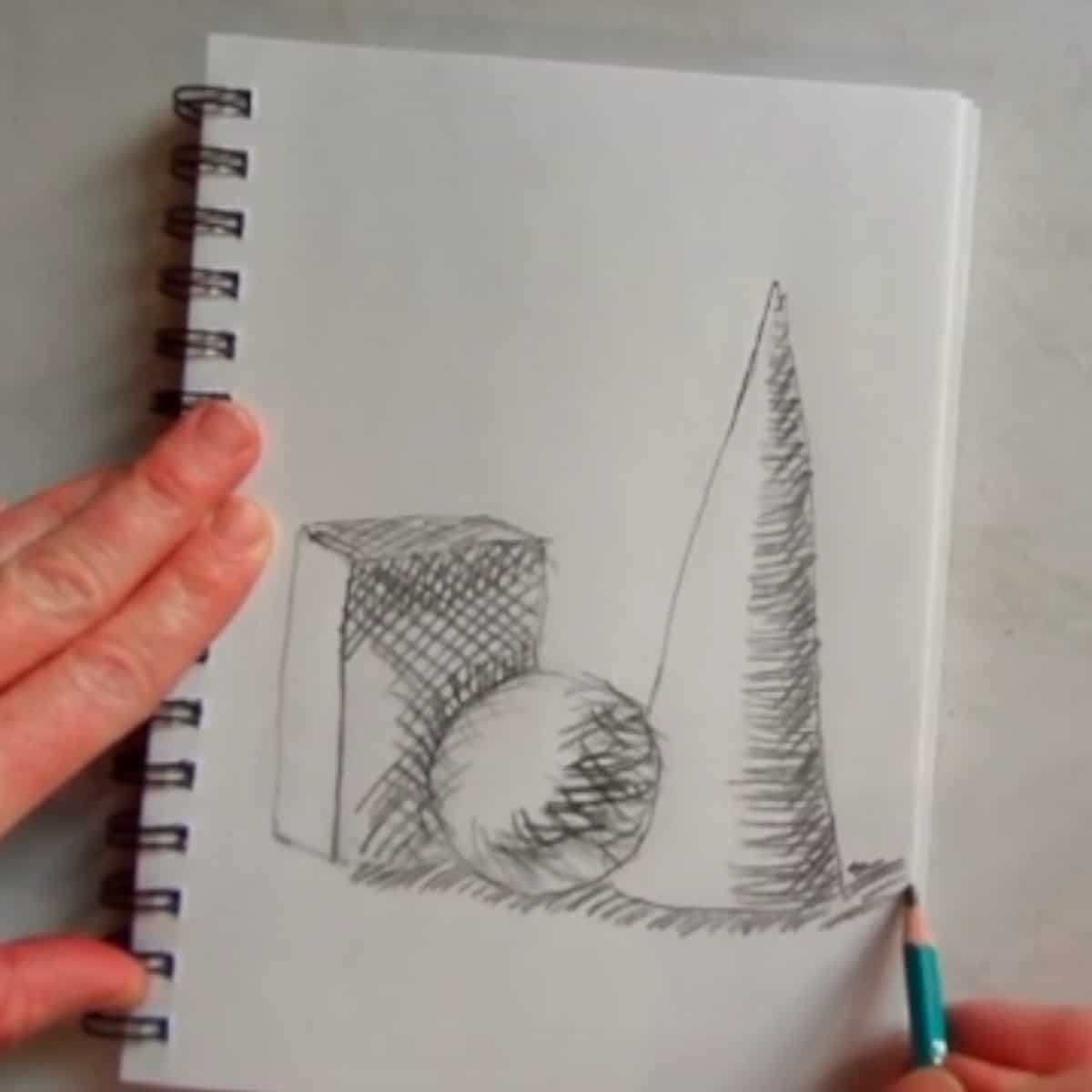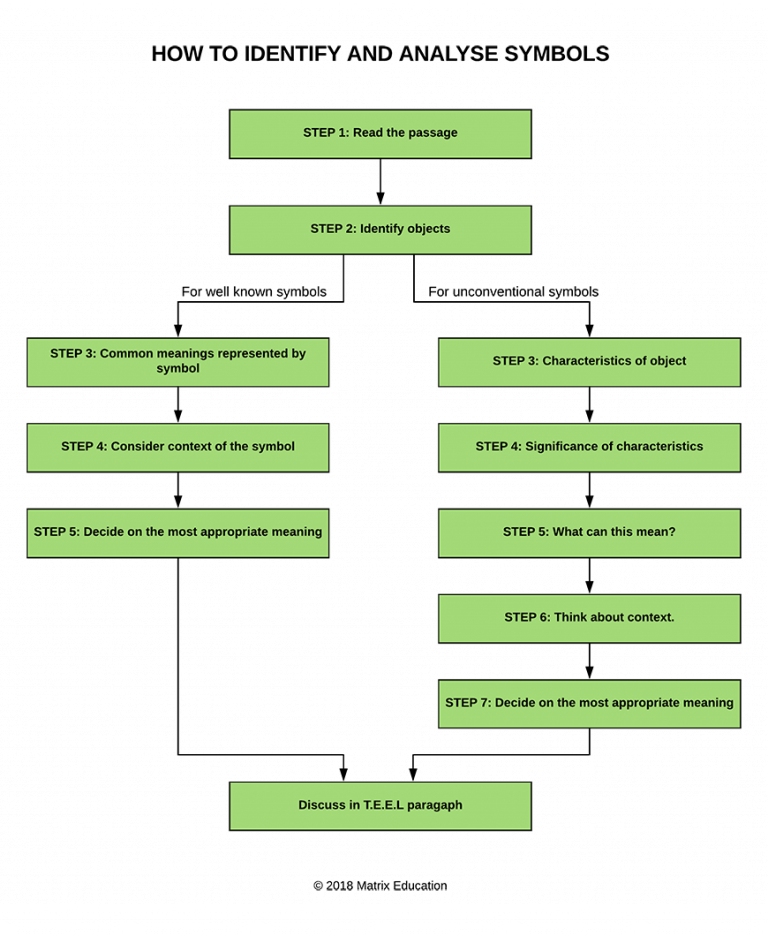Mastering The Art Of Drawing Cross Techniques: Symbolism And Applications
Hey there, creative soul! If you're here, chances are you've stumbled upon the fascinating world of drawing cross techniques. Drawing cross techniques aren’t just about sketching lines; they’re an art form that delves deep into symbolism and practical applications. Whether you’re a beginner or an experienced artist, understanding the nuances of cross techniques can elevate your work to new heights. So, grab your pencil, and let’s dive in!
Think about it—crosses have been around for centuries, symbolizing everything from religious beliefs to modern-day design aesthetics. They’ve found their way into art, architecture, and even pop culture. But what makes them so special? Why do artists keep coming back to them? Well, buckle up because we’re about to unravel the mystery behind mastering the art of drawing cross techniques.
In this article, we’ll explore everything you need to know about cross techniques, from their historical significance to modern-day applications. You’ll learn how to draw them like a pro, understand their symbolic meanings, and discover why they’re such a powerful tool in the artist's arsenal. So, whether you’re looking to add depth to your artwork or simply want to explore a new skill, this guide has got you covered.
Read also:Secure Remote Access With Remoteiot Ssh A Comprehensive Guide
Let’s kick things off with a handy table of contents to help you navigate through this masterpiece:
- Introduction to Cross Techniques
- The Historical Roots of Crosses in Art
- Unveiling the Symbolism Behind Crosses
- Types of Cross Techniques
- Practical Applications in Modern Art
- Essential Tools for Drawing Crosses
- Step-by-Step Guide to Drawing Cross Techniques
- Pro Tips for Mastering Cross Techniques
- Inspiring Examples of Cross Art
- The Future of Cross Techniques in Art
- Wrapping It Up
Introduction to Cross Techniques
So, what exactly are cross techniques? At its core, a cross is a simple geometric shape consisting of two intersecting lines. But don’t let its simplicity fool you—this humble design carries immense weight in the world of art. Artists use cross techniques to convey messages, evoke emotions, and create visually stunning pieces.
Here’s the deal: mastering cross techniques isn’t just about replicating the shape. It’s about understanding its symbolism, experimenting with different styles, and applying it in creative ways. Whether you’re drawing intricate Celtic crosses or minimalist geometric patterns, each stroke adds meaning to your artwork.
Let’s break it down: cross techniques can be used in various mediums—pencil sketches, digital art, murals, and even sculptures. The possibilities are endless, and the only limit is your imagination. So, are you ready to level up your artistic skills?
The Historical Roots of Crosses in Art
Now, let’s take a trip down memory lane. Crosses have been a staple in art for thousands of years, dating back to ancient civilizations. They’ve been used in religious rituals, as symbols of power, and as decorative elements. But how did they become so iconic?
From Ancient Times to Modern-Day
In ancient Egypt, the ankh—a cross-like symbol—represented eternal life. Similarly, the Greek cross was a symbol of balance and harmony. Fast forward to the Middle Ages, and you’ll find crosses dominating Christian art, symbolizing faith and redemption.
Read also:Mastering Remote Iot Monitoring With Ssh
But here’s the kicker: crosses aren’t limited to religious contexts. In the 20th century, artists like Piet Mondrian and Kazimir Malevich used cross shapes to explore abstract art. They stripped away the traditional meanings and focused on the pure form, creating something entirely new.
Today, cross techniques are more versatile than ever. From street art to high fashion, they continue to inspire and captivate audiences worldwide.
Unveiling the Symbolism Behind Crosses
Let’s talk symbolism. Crosses are more than just shapes—they’re loaded with meaning. Depending on the culture, context, and design, they can symbolize a wide range of ideas. Here are some of the most common interpretations:
- Religious Significance: In Christianity, the cross represents sacrifice and salvation.
- Balance and Harmony: The intersection of two lines creates a sense of equilibrium, making crosses a popular choice in Feng Shui.
- Infinity: Some crosses, like the Celtic cross, incorporate circles to symbolize eternity.
- Protection: In many cultures, crosses are believed to ward off evil spirits.
Here’s a fun fact: the swastika, a cross-like symbol, was once a symbol of good fortune in Hinduism and Buddhism. However, its association with Nazi Germany has tarnished its reputation in modern times.
Types of Cross Techniques
Not all crosses are created equal. There are countless variations, each with its own unique characteristics. Let’s explore some of the most popular types:
Celtic Cross
This bad boy is a favorite among artists and historians alike. The Celtic cross combines a traditional cross with a circular halo, creating a stunning visual effect. It’s often associated with Irish culture and is a popular choice for tattoos and jewelry.
Greek Cross
Simple yet elegant, the Greek cross features arms of equal length. Its symmetrical design makes it a versatile choice for logos, patterns, and even architecture.
Latin Cross
Also known as the Christian cross, this one has a longer vertical line and shorter horizontal line. It’s the most recognizable cross in the world and carries deep religious significance.
Maltese Cross
For those who love intricate designs, the Maltese cross is a must-try. Its eight points represent the eight obligations of the Knights of Malta, making it a symbol of courage and dedication.
And that’s just the tip of the iceberg! There are countless other types, each with its own story to tell.
Practical Applications in Modern Art
Now that we’ve covered the basics, let’s talk about how cross techniques can be applied in modern art. Whether you’re a digital artist, traditional painter, or graphic designer, these techniques can add depth and meaning to your work.
Street Art
Street artists love using crosses to make bold statements. From Banksy’s thought-provoking murals to Shepard Fairey’s iconic posters, crosses have become a staple in urban art.
Fashion Design
From high-end runway shows to fast fashion, crosses are everywhere in the fashion world. Designers use them to create eye-catching patterns, accessories, and even footwear.
Graphic Design
In the digital realm, crosses are often used in logo design, website layouts, and branding. Their versatility makes them a go-to choice for designers looking to convey a message or create a memorable visual.
Essential Tools for Drawing Crosses
Before you start sketching, you’ll need the right tools. Here’s a quick rundown of what you’ll need:
- Pencils: Start with a range of graphite pencils for shading and detail work.
- Eraser: A kneaded eraser is perfect for blending and correcting mistakes.
- Compass: For creating perfect circles and arcs.
- Drawing Paper: Choose a high-quality paper that can handle multiple layers of graphite.
- Digital Tools: If you’re into digital art, programs like Adobe Illustrator and Procreate are great options.
Remember, the right tools can make all the difference. Invest in quality materials, and your artwork will thank you.
Step-by-Step Guide to Drawing Cross Techniques
Ready to put pencil to paper? Here’s a step-by-step guide to help you master cross techniques:
Step 1: Start with a Basic Shape
Begin by sketching a simple cross. Focus on getting the proportions right—this will serve as the foundation for your artwork.
Step 2: Add Details
Once you have the basic shape, start adding details. This could be intricate patterns, shading, or decorative elements.
Step 3: Experiment with Styles
Don’t be afraid to try different styles. Mix and match techniques to create something truly unique.
Step 4: Refine and Polish
Take a step back and evaluate your work. Make any necessary adjustments, and refine the details until you’re happy with the result.
And there you have it—a masterpiece in the making!
Pro Tips for Mastering Cross Techniques
Here are some insider tips to help you take your cross techniques to the next level:
- Study the masters: Look at works by artists like Michelangelo and Van Gogh to see how they incorporate crosses into their art.
- Practice regularly: Like any skill, drawing cross techniques takes practice. Set aside time each day to hone your craft.
- Experiment with mediums: Don’t limit yourself to pencil and paper. Try working with ink, watercolors, or digital tools.
- Stay inspired: Surround yourself with art that inspires you. Visit galleries, follow artists on social media, and never stop learning.
With these tips in your arsenal, you’ll be well on your way to becoming a cross technique pro.
Inspiring Examples of Cross Art
Need some inspiration? Here are a few examples of cross art that will blow your mind:
Celtic Knotwork
This intricate style combines crosses with knot patterns, creating a mesmerizing effect. It’s perfect for those who love detailed, decorative designs.
Minimalist Crosses
For a modern twist, try drawing minimalist crosses. These clean, geometric designs are perfect for graphic design and digital art.
3D Crosses
Take your artwork to the next dimension with 3D cross techniques. By adding shading and perspective, you can create a stunning illusion of depth.
The Future of Cross Techniques in Art
So, where is the future of cross techniques heading? With advancements in technology and the rise of digital art, the possibilities are endless. Artists are experimenting with augmented reality, virtual reality, and even AI to push the boundaries of what’s possible.
Here’s the thing: while technology is changing the way we create art, the essence of cross techniques remains the same. They’re a timeless symbol that continues to inspire and captivate audiences worldwide.
Wrapping It Up
There you have it—a comprehensive guide to mastering the art of drawing cross techniques. From their historical significance to modern-day applications, crosses are a powerful tool in the artist’s arsenal. Whether you’re drawing for fun or pursuing a career in art, understanding cross techniques can take your work to new heights.
So, what are you waiting for? Grab your tools, unleash your creativity, and start exploring the world of cross techniques. And don’t forget to share your masterpiece with the world. Who knows? You might just inspire the next generation of artists.
Got questions or comments? Drop them below—I’d love to hear from you. Happy drawing, and see you in the next masterpiece!


